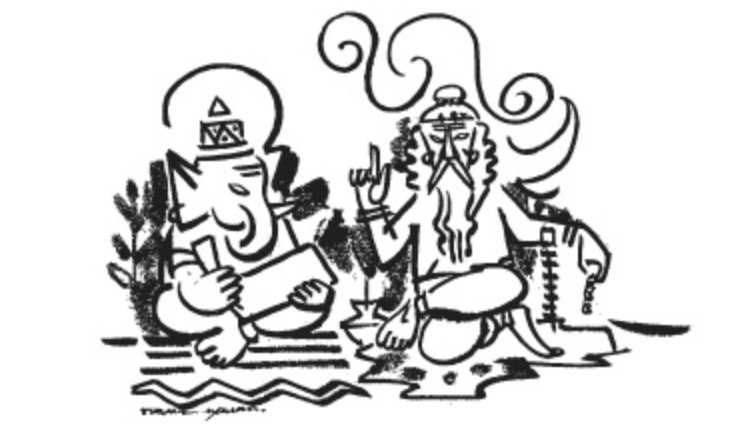
Is it true that everyone in India knows of the Ramayana and Mahabharata? I think this might not be such an outlandish claim. Of course, it may be that there are some such people in India at any given time who have not heard of either epic, for they may be going about their isolated lives communicating in an uncommon language or secluded in a cult of a different religious persuasion. However, for ordinary folk, it is extremely hard to ignore that a large number of their fellow countrymen fuss about these two stories in all sorts of sensible and irrational ways.
I do not remember when I first realised that these epics were distinctive works of literature. It is likely that some vague osmosis occurred piecemeal during childhood, through hearing stories of thousands of Hindu gods blared over the temple loudspeakers every evening by zealous neighbourhood aunties, amidst the background of bad loudspeaker crackling, smacked drums, ringing bells, and busy nondescript traffic noise. It could have also been through watching TV shows or drama enactments prior to the festival of Dusshera, albeit with little understanding. In time, however, I learned that the drama, songs, and stories were from the Ramayana and Mahabharata, that celebrating Diwali had something to do with the Ramayana, and that these epics purportedly describe the history of the land that I inhabited. These stories were mine, whether I wanted them or not.
I read an abridged edition of Ramayana in Hindi first when I was 8 or 9. I had found the book in my maternal grandfather’s study, attracted by its slightly yellow pages, a ribbon bookmark, and an unusual landscape layout. It must have been published sometime in the 70s, a school textbook perhaps belonging to one of my uncles. My grandfather had dozed off after telling me sakhis of Guru Nanak Dev, Bhai Bala, and Bhai Mardana, but I was not sleepy that afternoon. Left to my own devices for amusement, and maybe wanting to find a Champak or some equally depraved children’s magazine to read, I had browsed through the book cabinet until I found this edition of the Ramayana. I think I would not have proceeded with reading the inch-thick book if my uncle (or someone else?) had not sketched silly faces on its back flyleaf.
I read the Ramayana again some years later, and this time together with the Mahabharata, in English. This version was written by R. K. Narayan, creator of the quaint Malgudi town where Swami and friends lived, a celebrated author whose book The Guide had been made into a movie. Narayan was the author I wanted to read, because I was not keen on fiction by Ruskin Bond and the Wodehouse fan phase was still some years away.
I loved this book then and so to this day, both for the stories and the accompanying tiny illustrations by R. K. Laxman. I do not care much for other versions of these epics; Devdutta Pattanaik and Chitra Banerjee Divakaruni are authors I wish I had never read.
To me, Narayan’s version is sacrosanct. I may never read any other version of these epics for the rest of my life.
The Mahabharata (as illustrated by Laxman)

Praying to Indra et al. for sons 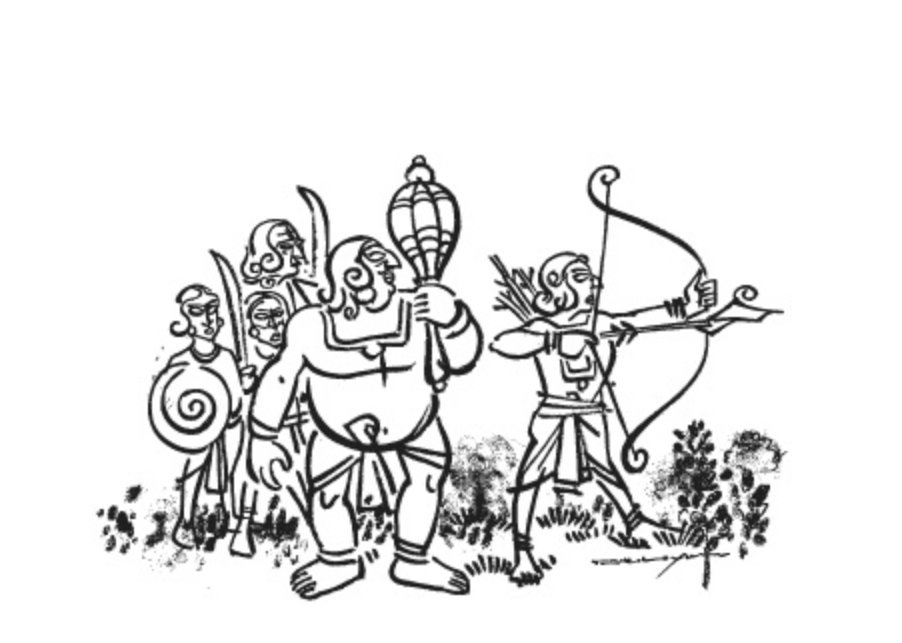
Yudhishthira, Bhima, Arjuna, Nakula, and Sahadeva – The Pandava Brothers (TPB) 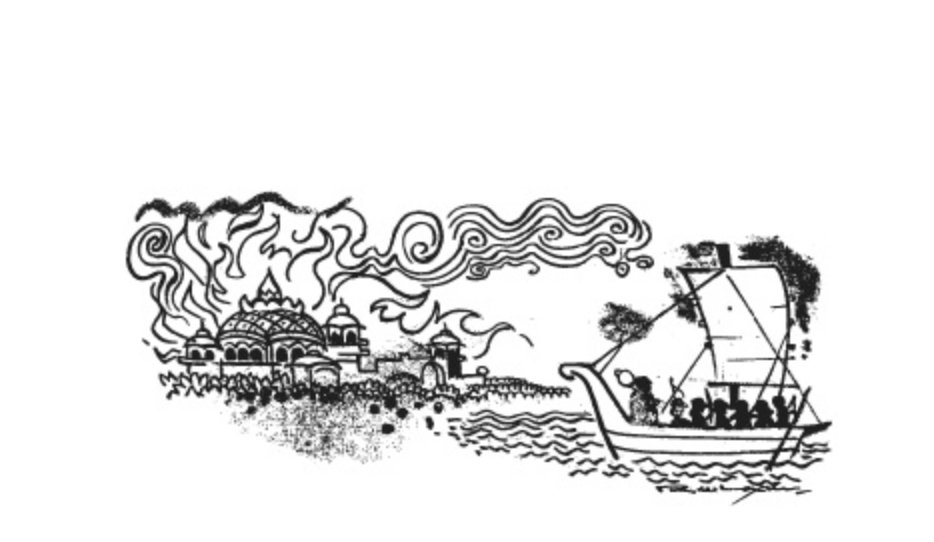
Attempt on the lives of TPB proves unsuccessful 
Arjuna wins a bride (Draupadi) for TPB (!) 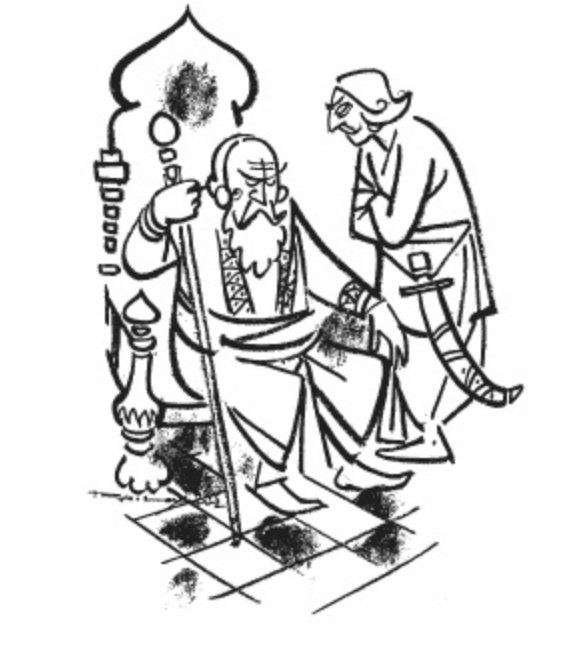
“Dad, the Pandavas are mean!” – Duryodhana to blind King Dhritarashtra 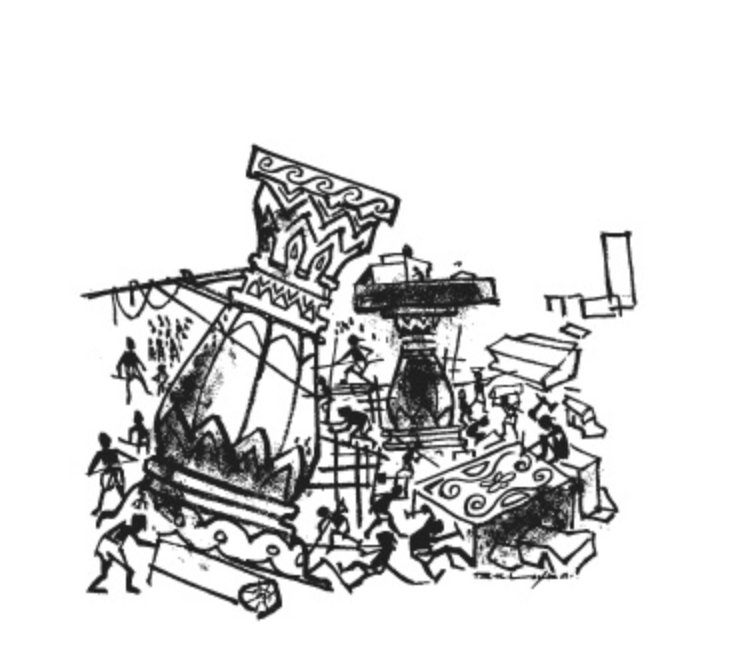
TPB have Maya build Indraprastha, their capital 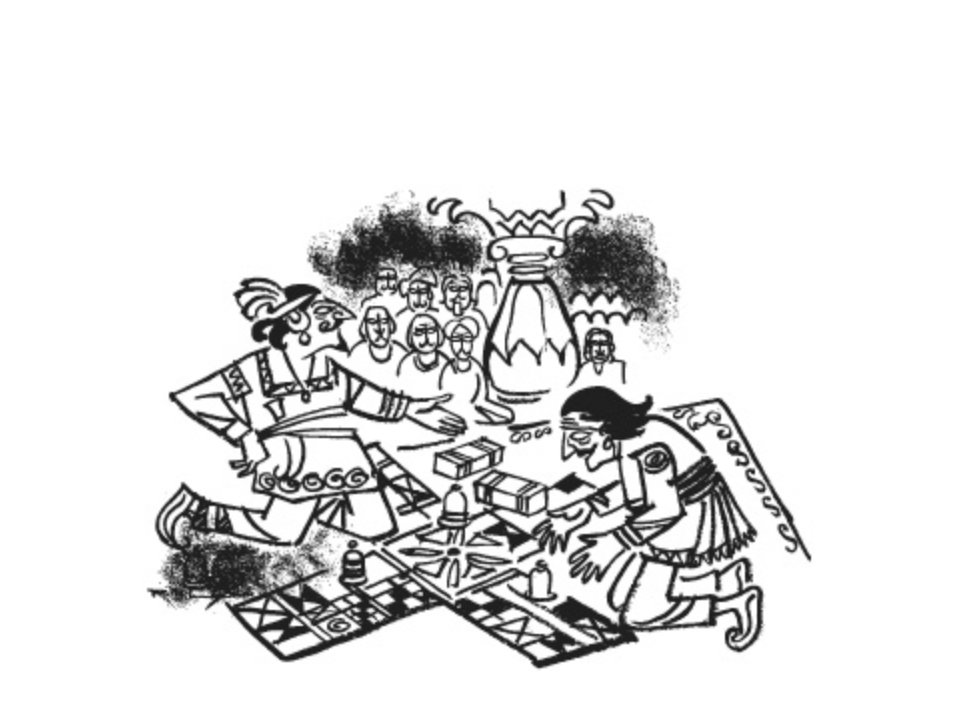
Envious Duryodhana invites TPB to his new palace.
Yudhishthira makes all the wrong moves in a game of dice.
Duryodhana et al. are cruel and humiliate Draupadi.
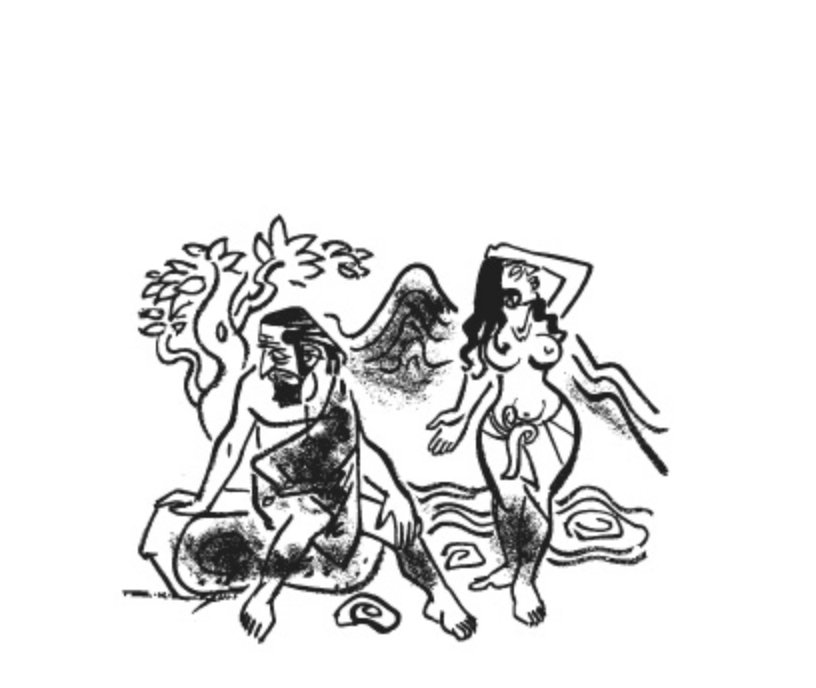
TPB are exiled. Draupadi lets herself go a little bit. 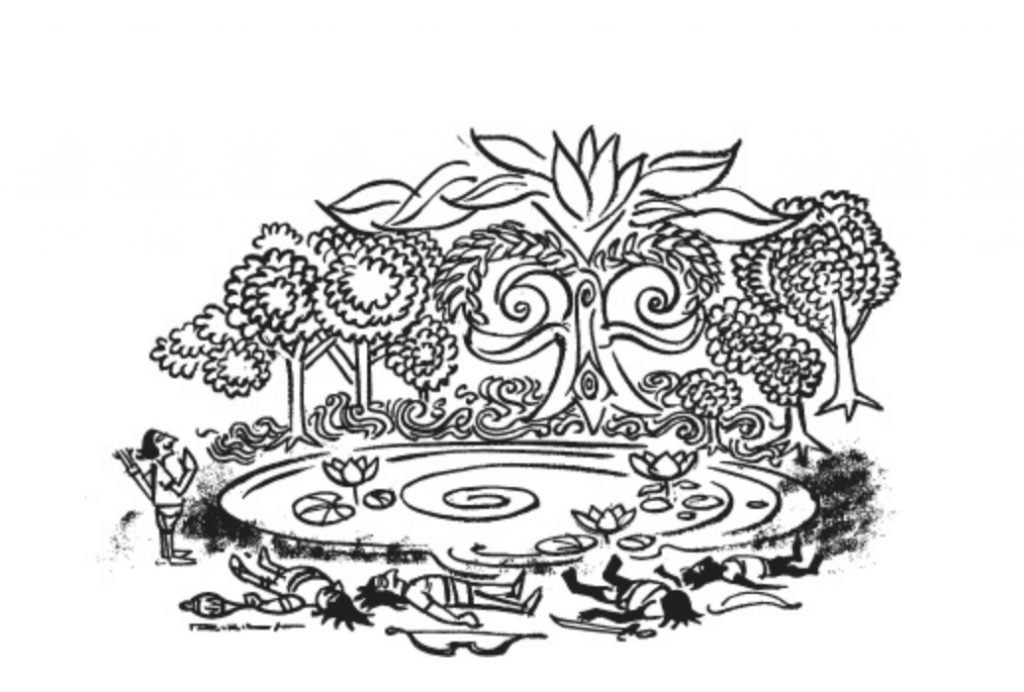
Strange adventures in the forest during exile. 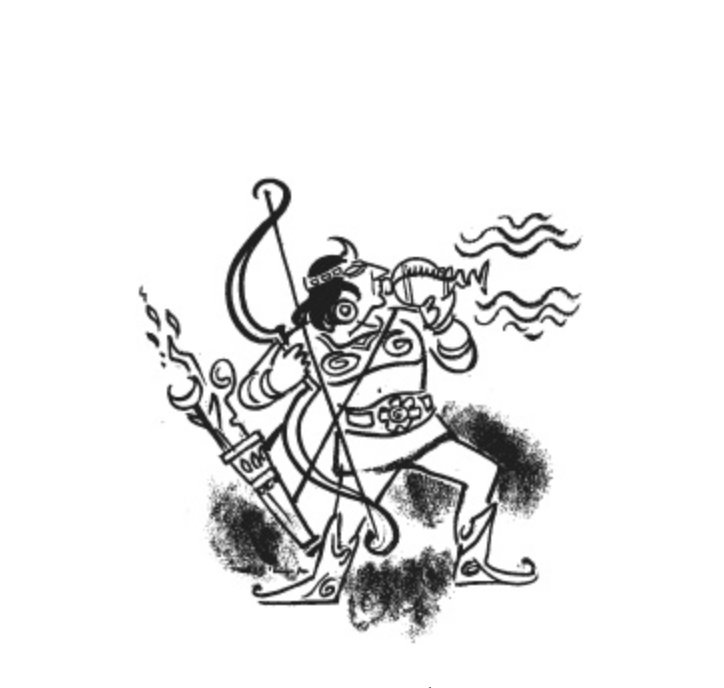
Final year of exile, Arjuna incognito as an eunuch 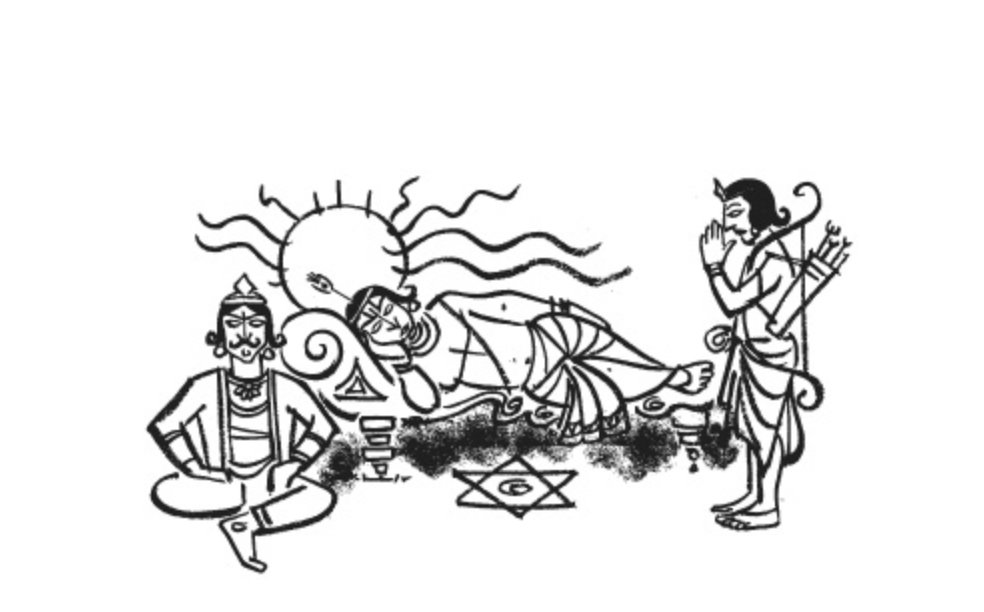
There shall be war.
“Krishna, I need your army.” – Duryodhan
“Krishna, I need you.” – Arjuna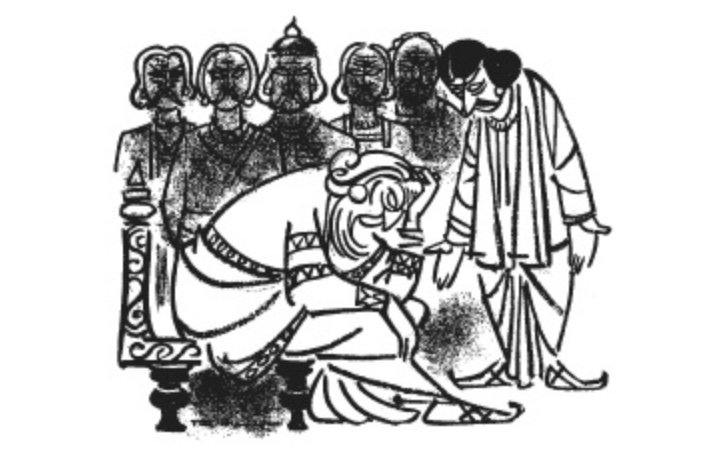
War is inevitable? 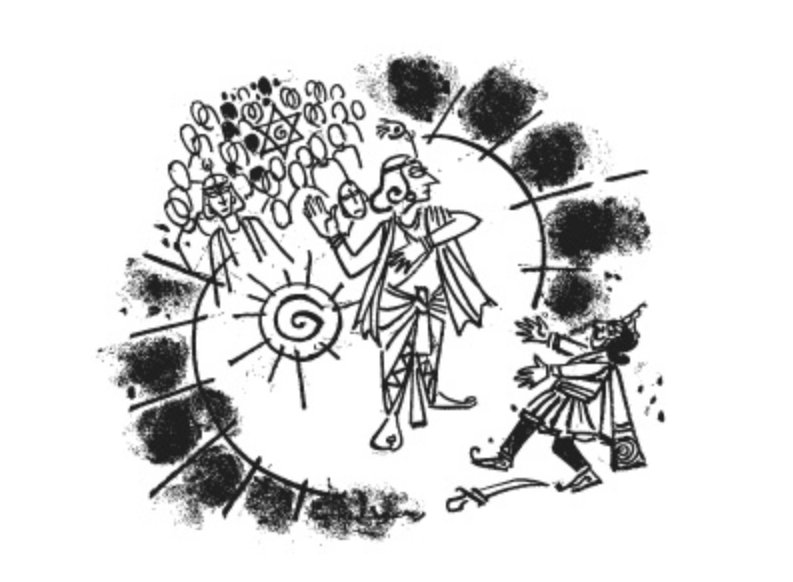
War is inevitable. 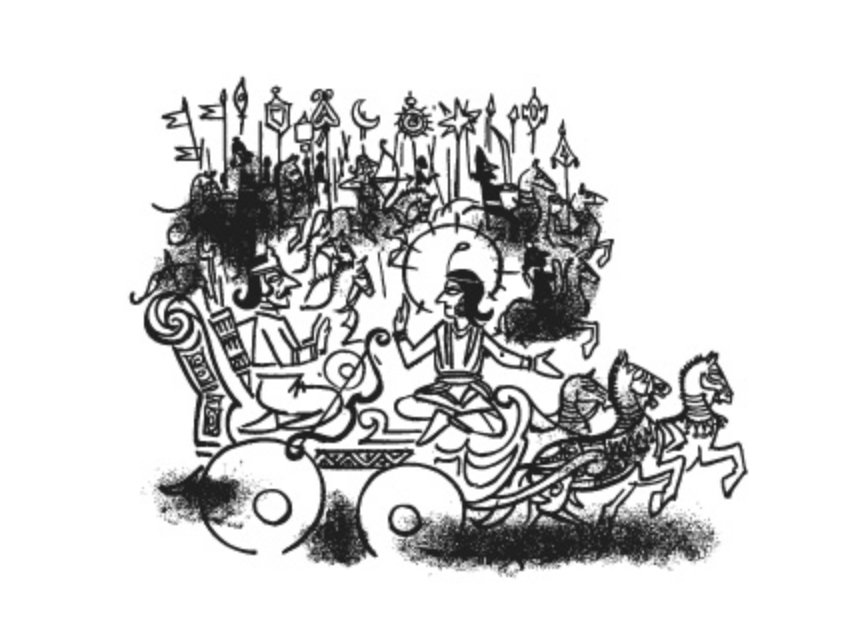
Arjuna hesitates, cue The Bhagavad Gita 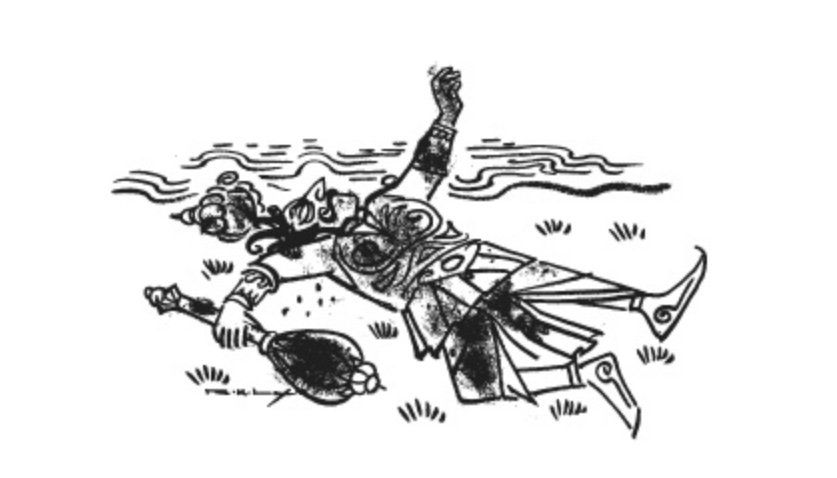
War. End of the Kuru clan. 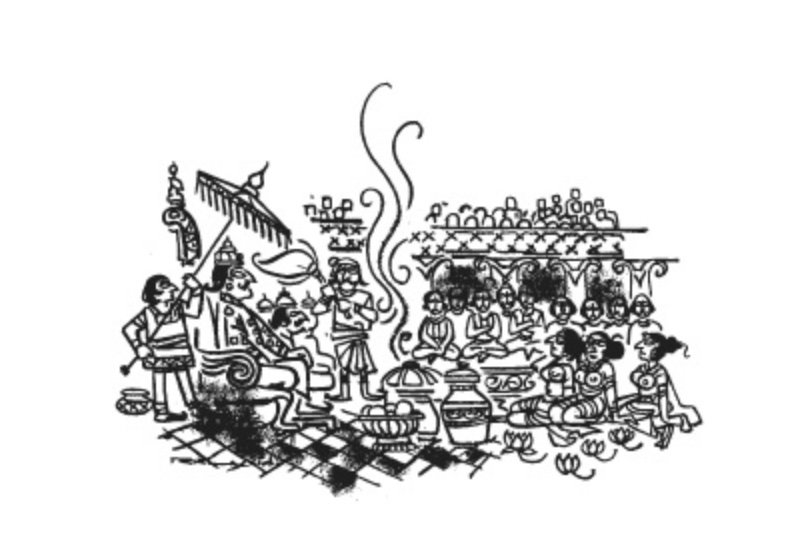
TPB back to business after the war.
This particular edition might be out of print now. Images © Penguin India.